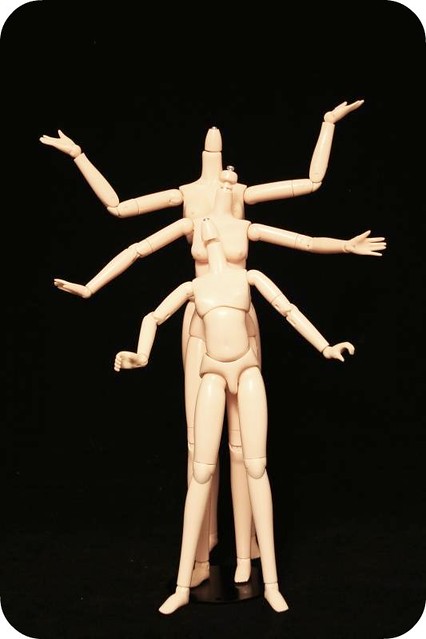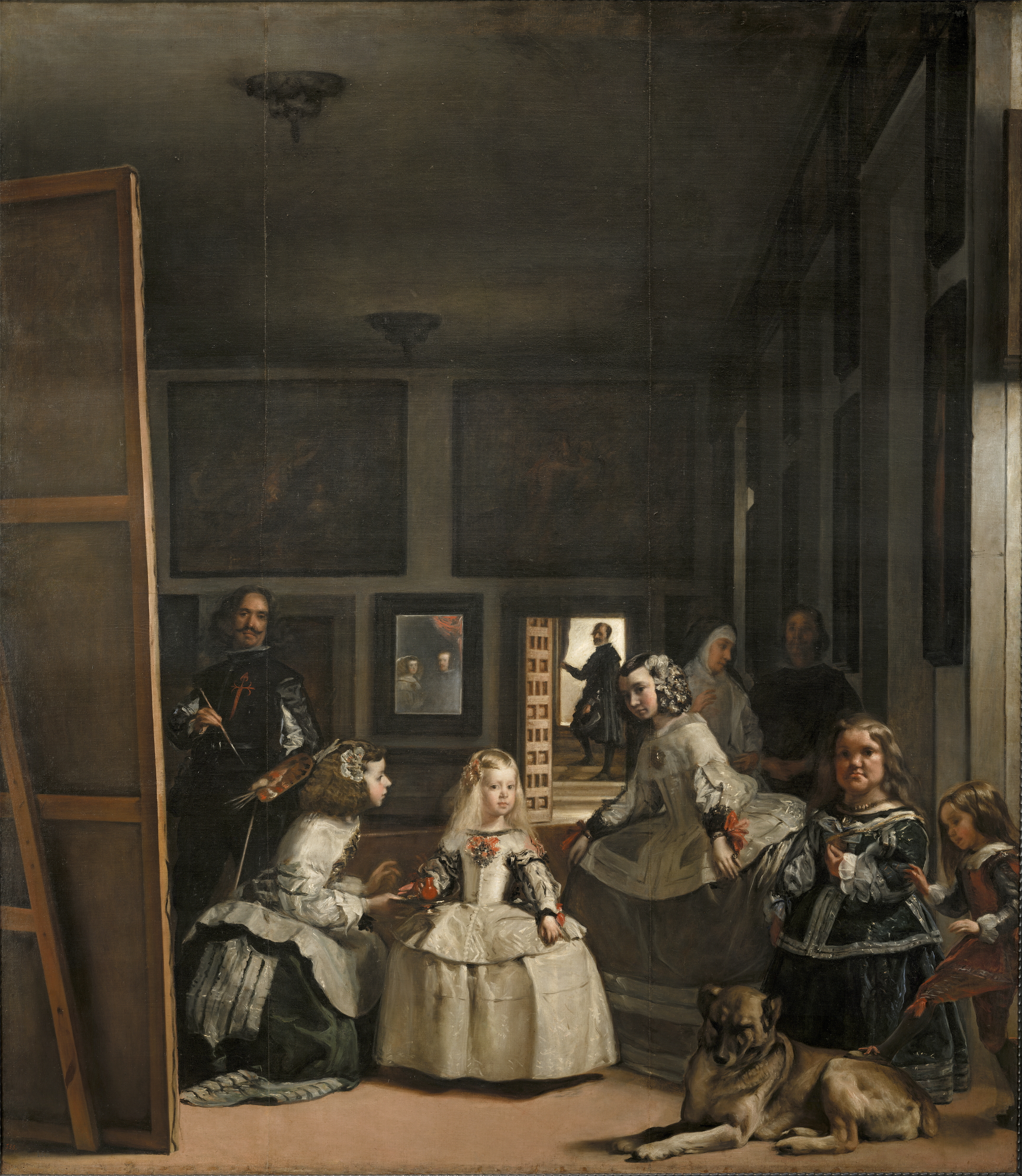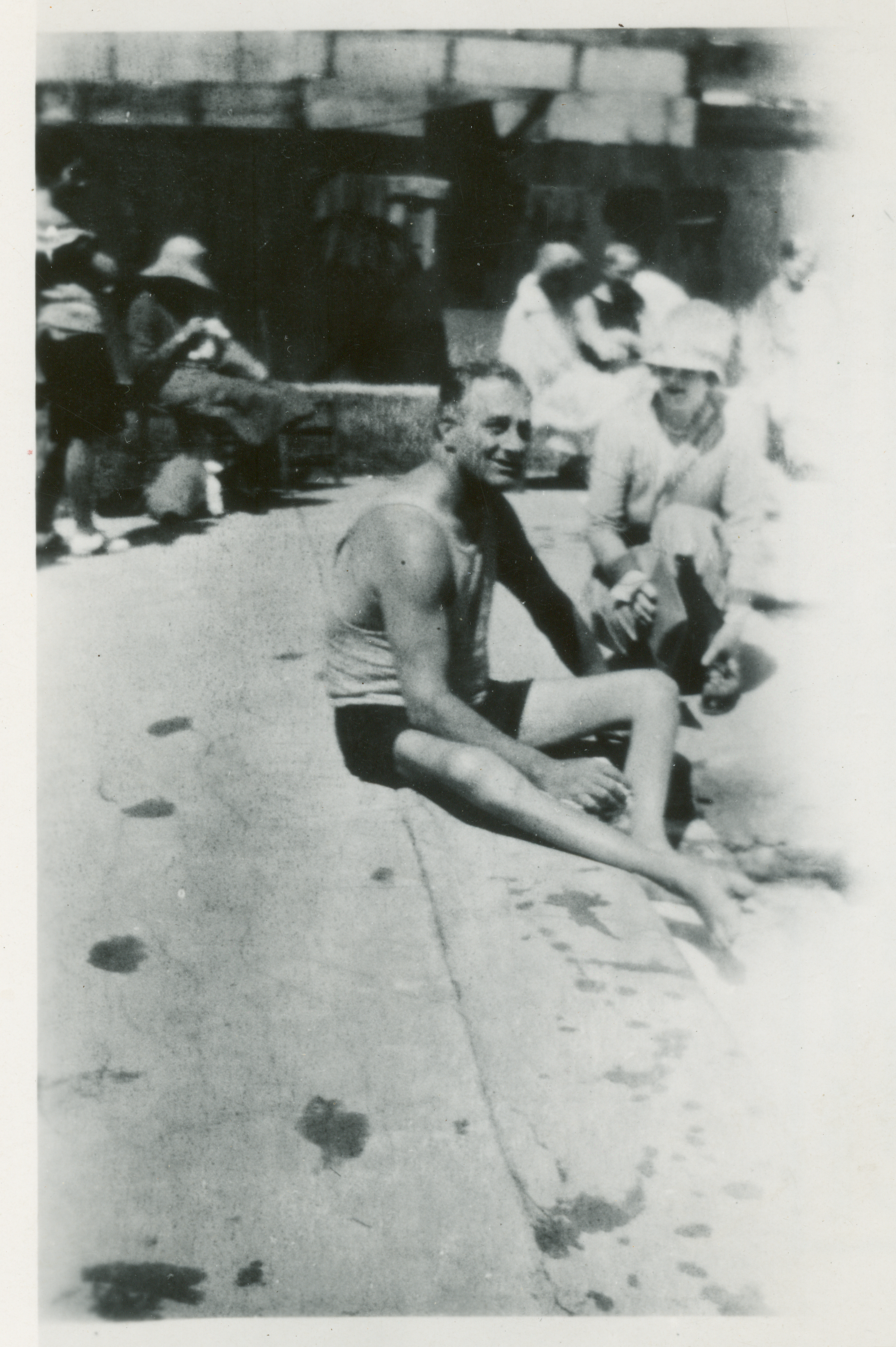 (Image by Marosh used under CC license via)
(Image by Marosh used under CC license via)
Pharmaceuticals company BioMarin announced last week the first results of their clinical trials for the drug BMN-111, now named vosoritide by the World Health Organization. Researchers have been developing vosoritide in hopes of one day curing achondroplasia, the most common type of dwarfism. Vice-President Dr. Wolfgang Dummer reported:
In children receiving the highest dose of 15 micrograms per kilogram daily, we observed a 50% increase in mean annualized growth velocity compared to their own natural history control growth velocity. This increase in growth velocity, if maintained, could allow children with achondroplasia to resume a normalized growth rate. More importantly, vosoritide was well tolerated in all dose cohorts and we have observed no major safety concerns to date.
Whether or not vosoritide could reduce an achondroplastic person’s increased risk for chronic joint pain, bowed legs, spinal stenosis, sleep apnea, or hydrocephalus remains to be seen.
Since many of my readers are new to the blog, I’m re-posting my article “Will We Live to See the End of Dwarfism?” about how some of us with achondroplasia feel about all of this.
* * *
Medicine has been transforming the fate of human society since the first moment someone bandaged a wound. Bearing this in mind, along with the more recent advances in genetics, I have realized for the past decade or so that there is a future, however near or distant, that promises a world without dwarfism. But what if this world arrives as soon as the next generation?
Pharmaceuticals company BioMarin reported earlier this year the start of clinical trials for a drug called BMN-111. If it ends up doing what it promises, repeated injections could transform the bone and cartilage growth of children born with achondroplasia, essentially curing them of the condition. Could this mean that I might someday belong to the last of the dwarfs?
To be clear, BMN-111 could cure only achondroplasia, the most common type of dwarfism, not the other 200+ types. (So the attention-grabbing name of this article is a tad misleading.) Dwarfism caused by growth hormone deficiency—which affected circus performer General Tom Thumb and most of the actors playing the Munchkins in The Wizard of Oz—has already been cured by hormone injections invented at the end of the last century. But 70% of all dwarfs have achondroplasia. Without us, the small number of people identifiable as dwarfs would become much smaller.
Because I’m a fully grown adult, I can’t ever cure my achondroplasia. But would I have chosen to do so if I could? Were my doctor to offer me a pill that would transform my joints and my muscle tone, allowing me to walk and stand around for longer than an hour without my feet swelling with pain, I would take it in an instant. The same goes for a pill that would endow me with more normal fine motor strength, so that I could open jars and push down sticky buttons and do all those tasks that leave me swearing and/or asking someone else for help. I would gladly have taken a pill that would broaden my Eustachian tubes so that I would stop getting ear infections every year. And I would have embraced any sort of medicine that would have widened my spinal column so that I would never have had to have a laminectomy, and so that I could cook and clean my house without back pain. All of the discomfort and inconvenience I just listed are part and parcel of achondroplasia – parts that limb-lengthening could never alter.
But when I consider a pill that, in ridding me of all that pain, would also rid me of every physical marker of achondroplasia, I suddenly hesitate. My wrists, my feet, my skull, my face would look significantly different from the one I have. The idea of never having had to learn how best to react to being the most physically remarkable person in school, of never having undergone limb-lengthening, of never having lived in an institution with children with all sorts of serious conditions, of never having had to explain my unique history to others – it makes me have a hard time imagining an Emily Sullivan Sanford that is anything like the one I know today. My dwarfism is only part of who I am, but it has been a significant part of who I am. This is why I understand the Little People of America members who balk at BMN-111, put their fingers in their ears and chant, “Go away, go away, go away!”
We must approach the future rationally because our emotional attachment to life as we know it can lead us to delude ourselves with an unrealistic sense of control. History after all demonstrates that future generations will never know all kinds of things we treasure today. Give or take a few centuries, people in our part of the world will most certainly not face the same illnesses, speak the same language, wear the same clothes, eat the same foods, or observe the same traditions we do. Whether we’re debating the politics of Hawaiian Pidgin or that punk’s not dead, we do not get the final say on what future generations will know and what will be lost to the ages.
Identity is a construct, but a construct that is as powerful as any other. As Andrew Solomon writes, “I don’t wish for anyone in particular to be gay, but the idea of no one’s being gay makes me miss myself already.”
Granted achondroplasia is not merely a difference like a dialect or homosexuality. It is a medical condition that causes very real physical pain and health risks. Like diabetes. I can write with certainty that the vast majority of people with diabetes, while rightfully proud of the obstacles they’ve overcome, would happily rid themselves of the disease. They would celebrate never having to check their blood sugar, inject themselves with insulin, or worry about developing dangerous complications. We can safely make the same assumption for people who have to deal with migraine headaches or deep-vein thrombosis.
But let’s consider a condition that, like achondroplasia, has as many social ramifications as medical ones. I bet most people who wear glasses would gladly take a pill that guaranteed perfect vision. No more headaches, no more pressure sores on the bridge of your nose, no more wondering where you set them down, no more worrying if they break, no more bills! But would they so easily let go of their bespectacled appearance? Although he no longer needs glasses since his laser surgery, comedian Drew Carey wears non-prescription glasses to maintain his look.
I surveyed a handful of friends in Europe and the U.S., and most answered that they would indeed take a pill guaranteed to improve their vision, and also that they would never wear anything but sunglasses again. If this scenario ever becomes reality, the movement of the past 100 years to broaden beauty standards to include the bespectacled will begin to fade. The 20% of my respondents that answered, “I would wear non-prescription glasses because it’s a part of my identity,” will belong to a shrinking minority left to fend for itself. They will likely start counting the minutes until they hear something marginalizing like: “Isn’t it great you won’t have to look like a nerd anymore?”
Once again, people with achondroplasia must admit that our distinguishing condition involves far more innate physical complications than simply needing glasses or being gay. Activist Harry Wieder bemoaned the reticence among people with dwarfism to even admit that we are disabled, and he was right to be so critical. Downplaying the pain and surgical risks everyone with achondroplasia faces is a matter of denial. But such denial is often rooted in the worry that others will overemphasize our pain, distancing themselves from us in a way all too similar to the fear and pity that fuels ableism. Such distance imposed by other minorities can break solidarity and lead to hierarchical thinking along the lines of, “At least I’m not like that!”
Anyone who reacts to the idea of BMN-111 ridding humanity of the achondroplastic appearance with a sigh of relief has a problem. It’s a problem we can never afford to ignore. The lessons of diversity awareness and inclusion are priceless. If dermatologists some day offer a cure for vitiligo, Winnie Harlow’s recent successes in the world of modeling will still have only been a good thing.
My attachment to my starfish hands, my achondroplastic nose, and my scars is not rational. But the human experience is never purely rational. And self-acceptance is an achievement like no other. Almost every person with achondroplasia has a jarring moment when they see themselves in photos or on film and are reminded that their hands are not at all slender, like most of the hands they see in photos or on film. Or that their hips sway when they walk. Or that their skulls are larger. Learning to live with the shock is a difficult but worthwhile experience. When a mother of a girl with achondroplasia wrote to me, asking about her four-year-old daughter’s future, my family awwwwwed at the photos she sent us. “I remember having an adorable little girl with a forehead like that!” my dad grinned.
I was not nearly so moved by the recently published images of celebrities photoshopped to “reimagine them with dwarfism” next to an image of Peter Dinklage photoshopped to “reimagine him without” because only their legs were modified.
The project itself is thought-provoking, but Daniel Radcliffe simply wouldn’t get into the achondroplasia club with those ridiculously long arms. And Peter Dinklage—whom GQ declared a “stud” in its 2011 Men of the Year list—would have a dramatically different forehead, cheekbones, jaw, and nose.
One of the respondents to my survey who said he would keep his glasses explained, “Not really for aesthetic reasons, exactly, though that’s part of it (and it is fun to buy glasses). But because they’re a part of my face! I’ve never considered contacts, either, come to think of it. They serve some other function, beyond utility and style, I guess.”
Similar feelings have been expressed by people who underwent surgery to remove the sixth finger on their right hand for convenience, while opting against the removal of the sixth finger on their left: “Why would I cut it off? It’s a part of me.”
Syndactyly runs in two sides of my family. One relative remarked about her child, “I was so happy when she was born to see she didn’t have those fused toes!”
To which another relative with fused toes later said, “Why? It hurts a bit more when you stub them, but otherwise, what’s the big deal?”
Replace the word “fused toes” with red hair or monolids or pale skin or dark skin or freckles or whatever intrinsic part of you might somewhere be considered unfashionable and you’ll know a little how dwarfs feel about BMN-111. As with limb-lengthening, BMN-111 threatens to out the uglier feelings some people have about our appearance. We must remember that it’s the feelings that are ugly, not the body.
Talking out my endlessly complex thoughts about a world without dwarfism feels like moving through a labyrinth that is partly my own making. During one such recent talk, a close friend said to me, “If we could look at a version of you that never had achondroplasia, I understand that you would miss yourself and I would miss you, too. But you would be awesome in a different way that would still be your own way, and it would be without all the pain and complications and danger.”
This is what people with achondroplasia need to hear from those who truly accept them.
Tags: Ableism, Achondroplasia, Disability, Dwarfism, Limb-Lengthening, Lookism, medicine, vosoritide

















